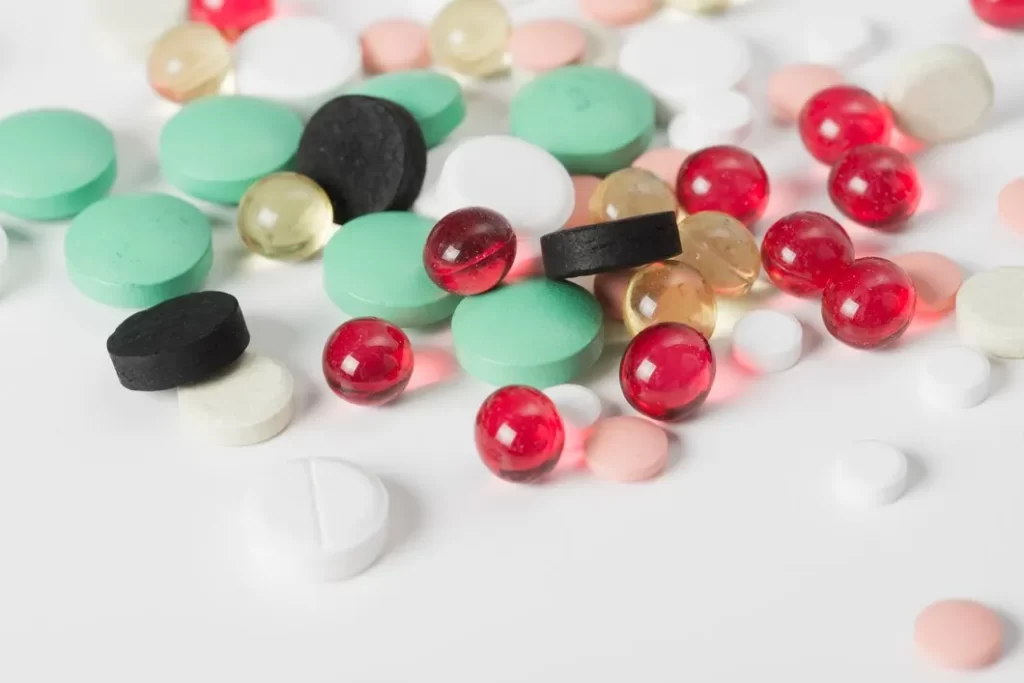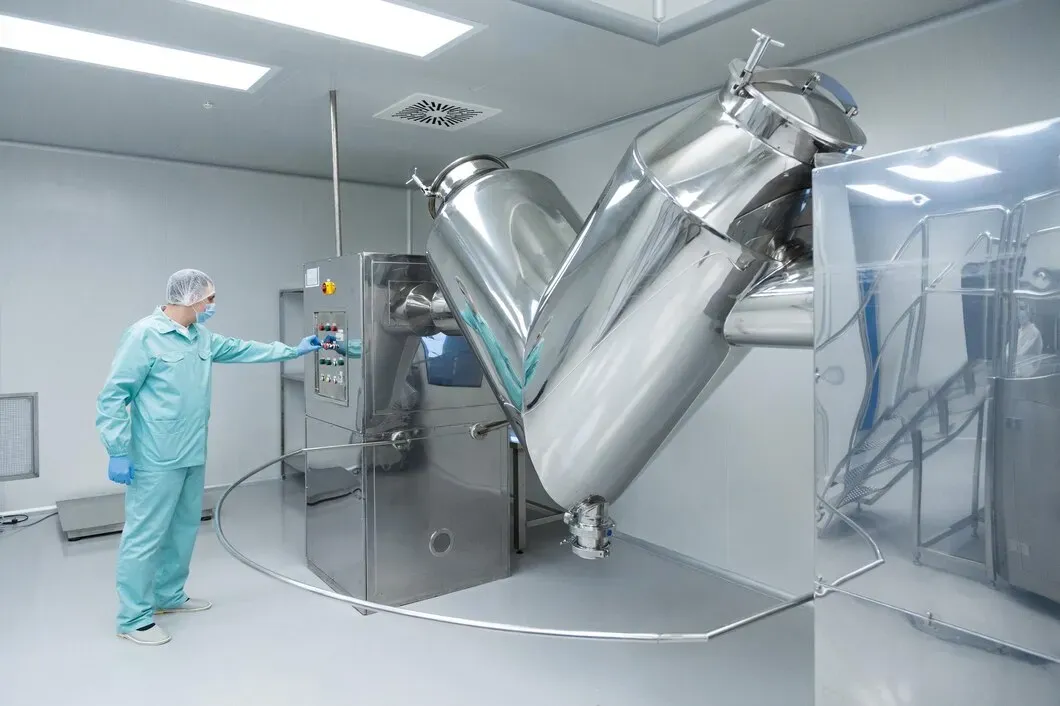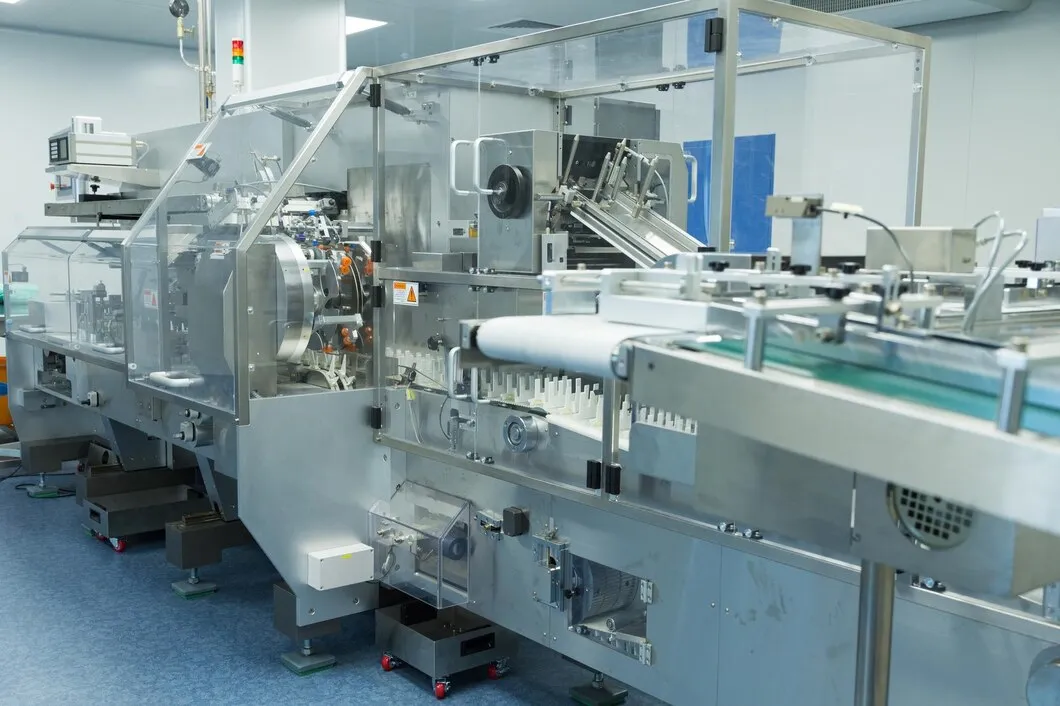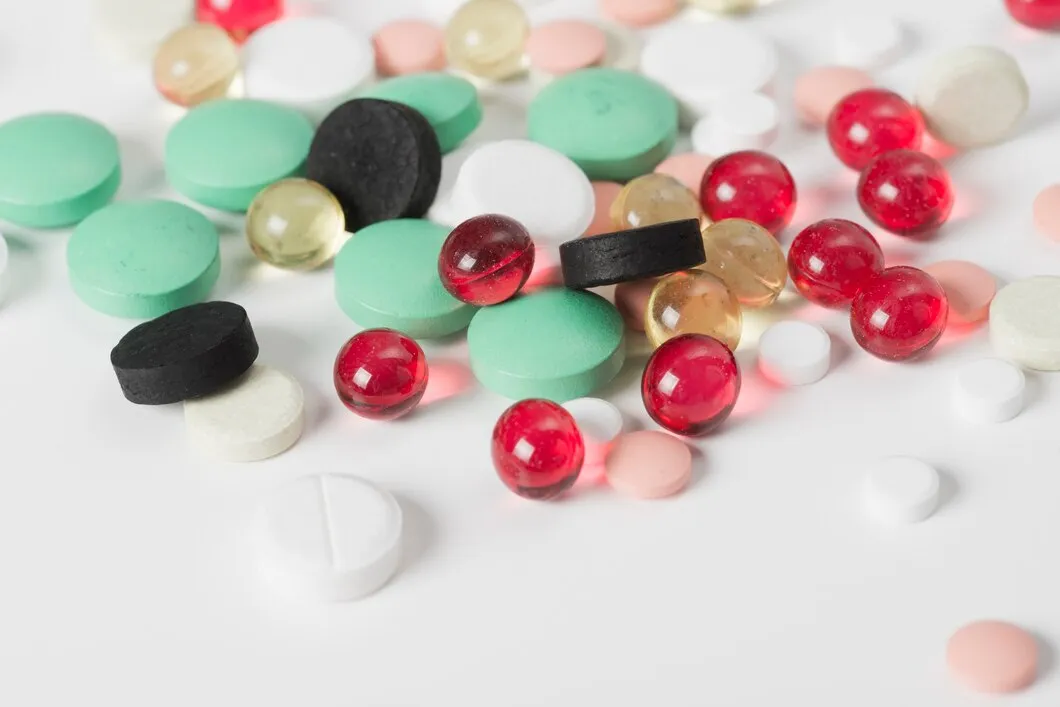If you’re deciding how to deliver a pharmaceutical or supplement product, the format you choose—liquid gels or tablets—will shape more than just how it looks. It affects how the product is made, how fast it’s absorbed, what kind of equipment you’ll need, and how the end user experiences it. Some actives work better in a liquid fill. Others need a solid dose for stability. Then there’s cost, shelf life, and production timelines to consider.
This guide breaks it down in practical terms. No marketing spin—just the key differences that matter when you’re developing, scaling, or sourcing your next product.

Softgels, also known as liquid gels, are single-piece capsules filled with oils, suspensions, or semi-solids. They’re sealed with a gelatin-based shell, often clear or tinted. These are common in supplements like omega-3, vitamin D, and some CBD or herbal extracts.
タブレット are solid compressed doses made from powder. They can be uncoated, film-coated, chewable, or extended-release. You’ll see them everywhere—from basic vitamins to prescription medications.
They might look simple, but each format has trade-offs that affect production, performance, and market positioning.
Softgels require a specialized process called rotary die encapsulation. You’re working with two things at once: the gelatin shell and the liquid fill. These are combined, formed, filled, and sealed in a continuous process. The shell sets quickly, but curing and drying take time. You’ll also need equipment to handle moisture, temperature, and viscosity control.
タブレット, in contrast, are simpler to produce. Powders are blended, granulated if needed, and pressed into shape with a tablet press. You can also add a coating step, but it’s modular. Changeovers are faster, and equipment is more widely available.
If speed and cost are priorities, tablets are easier to scale. If you’re working with oils or sensitive actives, softgels are worth the extra setup.
This is where softgels shine. Because the active ingredient is in a liquid or solubilized form, it usually gets absorbed faster. That’s especially useful for fat-soluble compounds or poorly water-soluble actives.
Tablets, on the other hand, need to disintegrate in the stomach before absorption begins. Some actives lose potency in that process. Others are fine—but it depends heavily on the formulation and coating.
If you’re targeting fast action or have a difficult-to-absorb ingredient, liquid gels are often more effective.
Softgels are smooth, odorless, and easier to swallow for most people. They also don’t have the chalky taste or dry texture some associate with tablets. From a branding perspective, softgels tend to feel more premium.
Tablets win on familiarity. Many consumers trust them because they’re standard, especially in over-the-counter and prescription drugs. But large or uncoated tablets can be hard to swallow for some.
Softgels offer better user experience. Tablets offer more flexibility and familiarity.
Softgels are sensitive to heat and humidity. They can stick together, deform, or oxidize if not packed properly. This usually means foil pouches, dark bottles, or blister packs with high-barrier film.
Tablets are more stable. They resist moisture better, especially if coated, and have longer shelf lives in most conditions. They’re easier to transport and store in bulk.
For challenging environments or long shelf life, tablets are easier to manage.
Let’s talk scale. Tablet presses can produce thousands of units per minute. Raw materials are cheaper. Changeovers are quicker. Labor requirements are lower.
Softgel lines move slower. The machinery is more complex, and the gelatin shell ingredients add to the cost. You’ll also need curing rooms and environmental controls.
Tablets are more cost-effective and faster to produce at scale. Softgels cost more but may justify the premium depending on the formulation and market.
If your product is a liquid or includes oil-based actives (like fish oil or CoQ10), a softgel is usually the best option. Tablets struggle with oily or unstable ingredients, though powders and granules are easy to handle.
You also need to consider multi-ingredient combinations. Tablets can mix and match more easily, including layering release profiles (immediate + delayed). Softgels are more limited in this area.
Use softgels for liquid-based actives. Use tablets for powders, combinations, or modified-release formats.
There’s no one-size-fits-all answer. But here’s a quick rundown based on what matters most:
| 要素 | Softgels | タブレット |
| Best for | Oils, fat-soluble, sensitive actives | Powders, multi-ingredient formulas |
| バイオアベイラビリティ | Higher (generally) | Variable (formulation-dependent) |
| 生産速度 | もっとゆっくり | Faster |
| Cost per unit | より高い | Lower |
| Shelf life | Lower (sensitive to heat/moisture) | Higher (especially coated) |
| Consumer experience | Easier to swallow, premium feel | Familiar, but can be harder to swallow |
The choice between liquid gels vs tablets depends on what you’re making, who you’re making it for, and how you’re planning to scale. Softgels work best for oil-based or fast-acting products and offer a great consumer experience. Tablets are more versatile, cost-effective, and easier to manage at high volumes.
If you’re in pharma or supplements and you’re planning your next product line—or upgrading your manufacturing equipment—knowing the difference helps you avoid costly mistakes.
Need support deciding what format fits your workflow or formulation best? Talk to Canaan about high-performance tablet presses and softgel production systems designed for modern manufacturing.

薬が患者に届く前に、研究室で製造が始まります。そこでは、処方がテストされ、バッチがチェックされ、品質が確認または疑問視されます。その作業を適切に行うには、適切な機器、つまり単に仕事をこなすだけでなく、それを正確に行うツールが不可欠です。製薬ラボの運営または立ち上げを担当している方のために、実際に必要な機器とその重要性について説明します。製薬ラボ機器の主なカテゴリー 製薬ラボでは、それぞれ特定の目的を持つ多様な機器が使用されています。 製薬ラボでよく使用される機器 主要な製薬ラボ機器には以下が含まれます。 ラボ機器が品質、安全性、コンプライアンスをどのようにサポートするか あらゆる製薬[…]

ブリスター包装は、錠剤からカプセル、サンプルパックまで、医薬品業界のあらゆる場所で使用されています。製品を保護し、保存期間を延ばし、患者の安全性を向上させます。しかし、メーカーにとって、ブリスター包装は単なる包装にとどまりません。スピード、精度、そしてコンプライアンスを基盤としたシステムなのです。医薬品製造または包装資材調達に携わる方のために、ブリスター包装について知っておくべきことをご紹介します。その仕組み、素材、そしてなぜ業界で最も信頼されている包装形態の一つなのかをご紹介します。ブリスター包装の仕組み ブリスター包装とは、製品(通常は錠剤などの固形剤)を、裏打ち層で覆われた成形された空洞に密封するものです。空洞は通常透明なプラスチック素材で作られており、[…]

医薬品やサプリメントの供給方法を決める際、液体ゲルか錠剤かという形状の選択は、見た目以上のものを左右します。製品の製造方法、吸収速度、必要な機器の種類、そしてエンドユーザーの体験にも影響します。有効成分の中には、液体充填でより効果的に作用するものもあれば、安定性のために一定量を必要とするものもあります。さらに、コスト、保存期間、生産スケジュールも考慮する必要があります。このガイドでは、これらを実践的な観点から解説します。マーケティングの誇張表現は一切なく、次の製品の開発、拡張、調達において重要な重要な違いだけを解説します。何を比較するのでしょうか?ソフトジェル(液体ゲルとも呼ばれます)は[…]